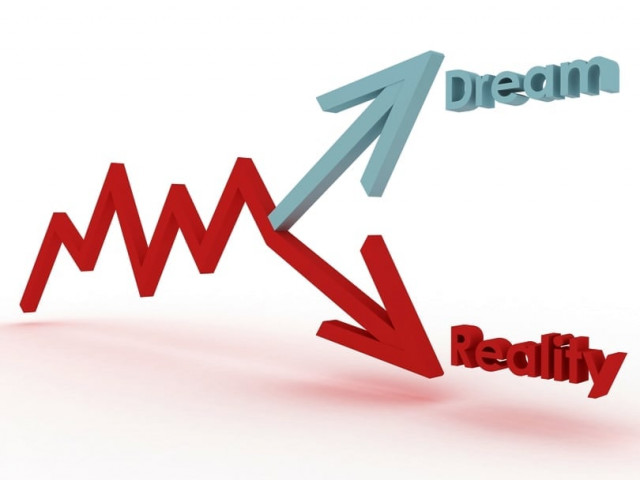Islamabad:
The United States undergoes a greater revision of its trade policies that trigger a broader transformation of global supply chains. Steep customs rises on key exporters such as China, India and Brazil are forcing US importers to consider their sourcing strategies.
This disturbance presents a rare and valuable opening for countries like Pakistan to step in and gain market share. With Chinese and Indian exports facing average tariffs of 50% or more, Pakistan’s relatively low duty offers 19% a clear competitive advantage. The critical question is whether Pakistan is prepared to seize this moment.
US importers are already changing supply chains away from high -duty countries and creating new opportunities for agile exporters. Pakistan, with its recent financial reforms that reduce input costs and facilitate imports of capital products, are uniquely placed to utilize this trade show.
After years of stagnant exports, this market disorder presents a critical window to gain a foothold in vacated market segments, especially where Pakistan’s newly improved cost competitiveness can provide immediate benefits.
Pakistan’s current strongest export position in the United States is in textiles and clothing, shipping over $ 5 billion. In comparison, China exports $ 40 billion of approx. $ 24 billion and textiles $ 16 billion dollars and India $ 9 billion with a balanced 50-50 split between clothing and textiles.
Even a modest redirection of orders from these countries to Pakistan could generate significant gains. The textile sector, given its existing base and infrastructure, is still the most immediate area where Pakistan could quickly scale up exports.
In addition to textiles and clothing, several other sectors show lifting. Pakistan’s leather exports to the United States are currently at $ 171 million, while its global leather exports amount to $ 710 million, emphasizing that the country is competitive in this sector.
Similarly, the sporting industry, known for its world -class football production, has exports approaching $ 400 million and is well positioned to grow with improved branding and market access. The recent emergence of truck and bus radial tires as an export element to the United States is another bright spot. With exports that surpass $ 100 million last year and over 20% growth from year to year, it reflects the kind of momentum that can be built with the right focus.
Pakistan’s mobile assembly sector represents one of its most dazzlingly miss industrial opportunities. While India’s mobile exports to the United States rose to $ 7.5 billion in FY 2024-25, powered by China duty, Pakistan’s $ 160 million remains in annual exports limited to low-end markets, despite sharing similar starting conditions.
Manufacturing policy from Mobile Device from 2020 attracted 26 collectors through exceptions to component tax and local market protection, which operates import substitution (90% of domestic demand). However, this inward model, which failed spectacularly in the autosect, continues to stifle the export potential. Component Import now consumes $ 1.5-2 billion a year without generating meaningful currency, as collectors prioritize lucrative domestic sales rather than competitive global integration.
The need for change is especially critical in the Sector of Technical Goods, with Indian exports to the United States being around $ 18 billion, or 28% of their exports, compared to Pakistan’s less than $ 0.5 billion, or approx. 7% of its exports. This sector must be released from the outdated import substitution thinking that is still embedded in the relevant government institutions.
This is a miss of the opportunity not only financially, but also strategically, as engineering exports can help Pakistan diversify his trading base and reduce over-dependence of traditional sectors with low value added. If this sector is released from micro -management of state agencies, it can become an important driver of export growth and industrial upgrade.
The global trade order experiences its most deep transformation in a generation and presents Pakistan with a critical opportunity to reshape its economic future. Fatile reforms in this year’s budget, especially customs rationalization, already produce promising results: a record 17% monthly export increase and 42% growth in duties and other taxes on imports marking the highest single -month gains in recent history.
Although it is too early to draw long -term conclusions from a month’s data, these early indicators are in accordance with economic modeling that predicted benefits of greater openness, validation of the reform direction. Critics who focus narrowly on deficits overlook a fundamental truth about development economy: Strategic short -term deficits have consistently served as necessary investments for new economies to achieve lasting prosperity, as demonstrated by China’s orbit, Vietnam and other success stories.
The author is a member of the management committee on US tariffs. Previously, he served as Pakistan’s ambassador to WTO and FAOS representative of the United Nations



